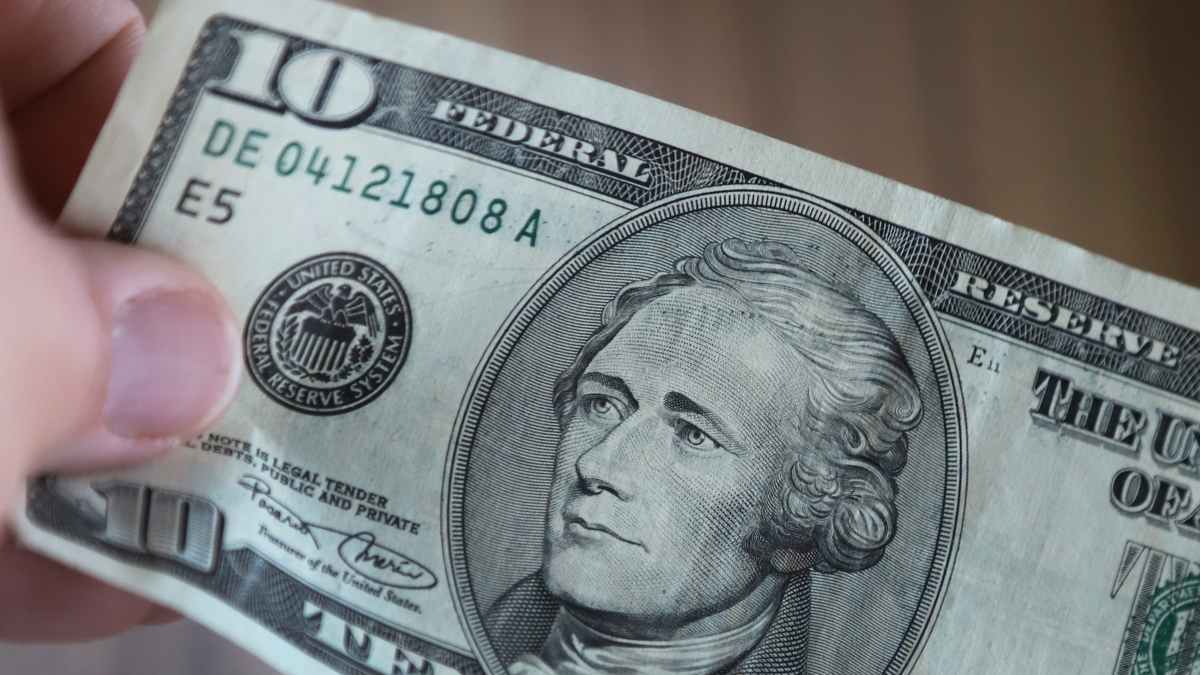The $10 bill will become the first to debut a new design that, according to the U.S. Bureau of Engraving and Printing (BEP), aims to strengthen security against counterfeiting and boost the modernization of the currency. Here are the key points about this launch and why it will mark a before and after in the way the dollar is used.
Redesign: the main objective is security
The introduction of this new bill responds to the need to protect the U.S. dollar, one of the most widely used reserve currencies in the world. The Advanced Counterfeit Deterrence Committee (ACD), which includes representatives from the U.S. Treasury, the Federal Reserve, the BEP and the Secret Service, is leading the implementation of cutting-edge technologies and innovative methods to make illegal copying more difficult.
- More than a decade of research: the redesign process is complex and involves years of testing, material selection and compatibility testing with bill-reading machines.
- Visible and hidden features: elements easily recognizable by the public will be integrated, as well as others of a confidential nature designed to make counterfeiting more difficult.
- Exhaustive tests: before being issued, multiple verification stages are carried out to ensure resistance, durability and performance in more than 10 million banknote processing machines operating around the world.
Why it starts with the 10 dollar bill?
According to the official sequence established by the ACD since 2011, the $10 bill is the first in the line of redesigns that will continue with other higher and lower denomination denominations.
- Tentative schedule:
- $10: 2026
- 50 dollars: 2028
- 20 dollars: 2030
- 5 dollars: 2032
- 100 dollars: 2034
The choice of this order responds to the level of counterfeiting risk and the quantity of banknotes in circulation, as well as the importance of progressively adapting all equipment and systems.
When will it enter into circulation & what will happen to the old banknotes?
According to official information from the BEP, the new $10 bill will be released in 2026, although the exact date of issue has not yet been confirmed. However, the dissemination of its design will occur six to eight months in advance so that the public can become familiar with its new features.
- Current banknotes will remain valid: they will not lose their value or their legality. Stores and banks will be obliged to accept them, so there will be no cause for concern for those who have copies of the previous design.
- Educational phase: the Bureau of Engraving and Printing will conduct a worldwide information campaign to show citizens and merchants how to identify and verify the new banknotes.
How to prepare and what to expect
- Machine upgrade: manufacturers of ATMs, vending machines and banknote counters will receive test copies before the launch to ensure compatibility with the new design.
- Public information: guides and educational materials will be shared to help detect genuine banknotes and distinguish them from possible imitations.
- Increased circulation in the long term: according to official data, there are currently more than 2.4 billion 10-dollar bills in circulation worldwide, and this figure is expected to increase significantly with this redesign.
For more information, the official website of the Bureau of Engraving and Printing offers additional details on the process, dates and schedule. You can also find out how these new banknotes are manufactured, tested and launched to the market.
Once you have read this interesting news, remember that you can continue to be informed every day with other articles related to the economy, by accessing our specialized section.
